Protecting Your Machine Tools: Practical Cybersecurity for Industry 4.0 Manufacturing
EAST Session: Abstract : As factories and job shops move towards Industry 4.0, machine tools are becoming more connected, opening up new possibilities for productivity and efficiency. However, this connectivity also brings new cybersecurity risks. Many manufacturers think cybersecurity is just an IT issue, but the reality is that the shop floor is now a prime target for cyberattacks, ransomware, and system breaches that can halt production and damage equipment. In this session, we'll dive into practical, actionable strategies to boost cybersecurity specifically for machine tools and manufacturing systems. You'll learn why modern CNC machines, robots, and connected equipment are at risk, discover common vulnerabilities in connected manufacturing environments, and explore cost-effective cybersecurity best practices tailored for small and medium manufacturers. We'll also discuss how to collaborate with machine builders, software providers, and integrators to build resilient systems, share real-world case studies of attacks and lessons learned, and outline key steps you can take today to reduce risk without slowing down production. Whether you're running a high-mix job shop or a high-volume plant, this session will help you understand cybersecurity from the perspectives of operators, plant managers, and owners, and provide you with a roadmap to protect your business as you modernize operations. Significance/Importance : This presentation is crucial because it equips manufacturers with practical strategies to protect their connected systems from cyber threats, ensuring productivity and safety as they embrace Industry 4.0. Additionally, it will help the shop owner to be compliant with the cybersecurity requirement from the U.S. Deportment of Department of Defense (DoD) and European regulations.
